Grow Tomatoes Successfully: Your Guide to a Bountiful Harvest
Grow Tomatoes Successfully – that’s the dream, right? Imagine biting into a juicy, sun-ripened tomato, bursting with flavor, knowing you nurtured it from a tiny seed in your own backyard. This isn’t just a dream; it’s achievable with the right knowledge and a few clever tricks. This article is your passport to a successful tomato harvest, packed with easy-to-follow DIY tips and techniques that will transform your gardening experience.
For centuries, cultivating tomatoes has been a source of pride and sustenance for families across the globe. From the ancient Aztec civilizations who first cultivated them to the modern-day home gardener, the humble tomato holds a special place in our culinary and cultural heritage. But growing these delicious fruits can sometimes feel like a challenge. Many gardeners face frustrating setbacks, like blossom end rot or stunted growth, leading to disappointing yields.
Why This Guide Matters
That’s where this guide comes in! I’ve compiled a collection of practical, DIY solutions to common tomato-growing problems. Whether you’re a seasoned gardener or just starting out, you’ll find simple, effective techniques to help you grow tomatoes successfully. We’ll cover everything from choosing the perfect location and soil preparation to pest control and harvesting tips. Learning these tricks will not only save you money on store-bought tomatoes but also provide the immense satisfaction of growing your own delicious, healthy food.
So, let’s get started on your journey to a bountiful tomato harvest! Get ready to discover the secrets to growing the juiciest, most flavorful tomatoes you’ve ever tasted, all while enjoying the rewarding experience of home gardening. Let’s learn how to grow tomatoes successfully together!
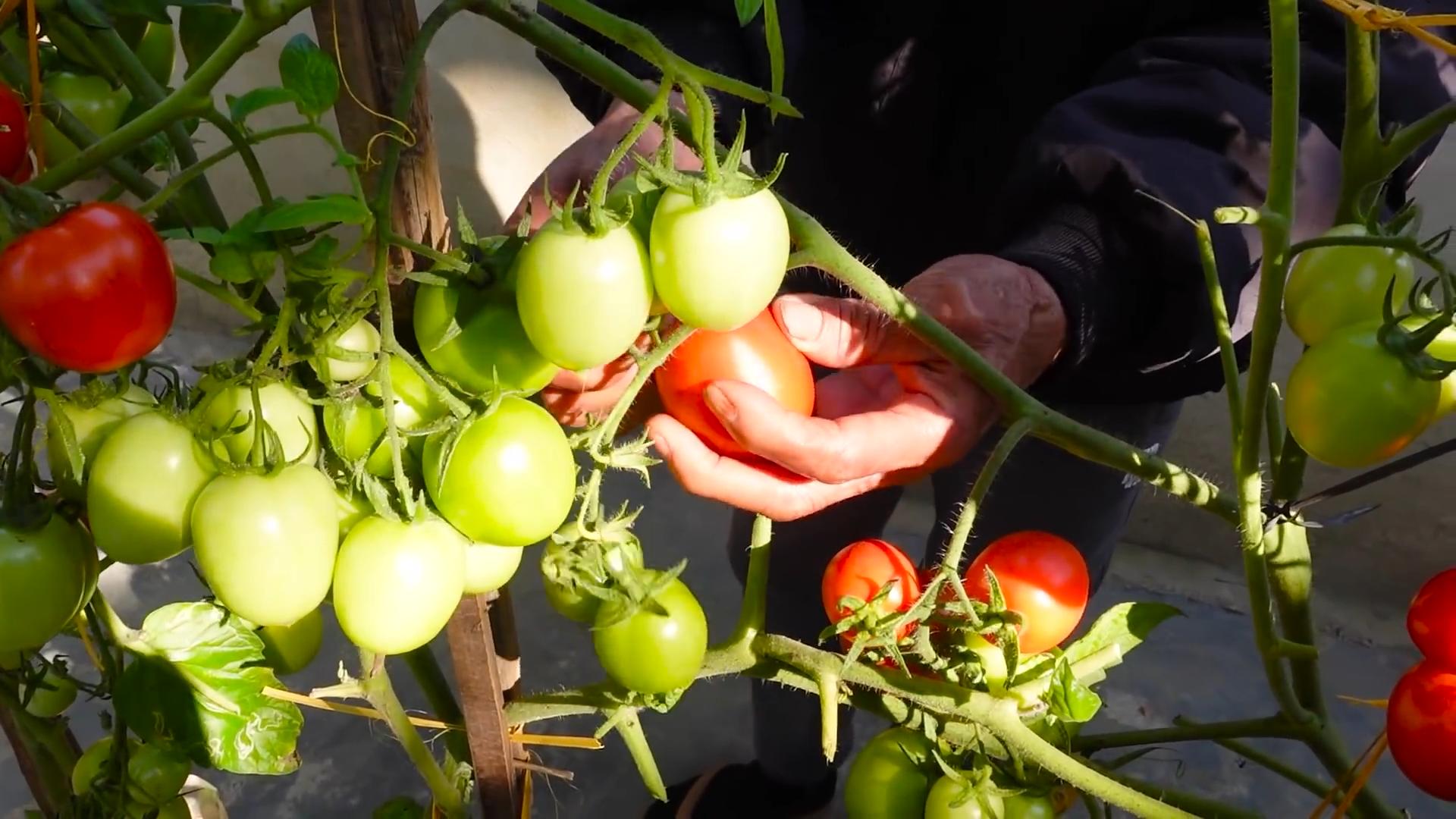
Grow Tomatoes Successfully: A DIY Guide
Growing your own tomatoes is incredibly rewarding! This guide will walk you through the process, from seed to juicy, ripe fruit. Let’s get started!
Phase 1: Starting Seeds Indoors
- Choose your tomato variety: Consider your climate and space. Determinate varieties are compact and produce a lot of fruit at once, while indeterminate varieties grow continuously and need more space. I personally love heirloom varieties for their unique flavors.
- Gather your supplies: You’ll need seed starting mix (not regular garden soil!), small pots or seed trays, a seed starting heat mat (optional but highly recommended), a humidity dome (optional but helpful), and a spray bottle.
- Sow the seeds: Plant seeds about ¼ inch deep and about 1 inch apart. Gently water with a spray bottle, avoiding overwatering which can lead to damping off (a fungal disease).
- Provide warmth and light: Place your seed tray on a seed starting heat mat set to around 70-75°F (21-24°C). They need at least 6-8 hours of sunlight per day. A sunny windowsill might suffice, but a grow light is ideal, especially in low-light conditions.
- Maintain humidity: Cover the tray with a humidity dome or plastic wrap to maintain moisture. Vent it daily to prevent mold. Check the soil moisture regularly and water when the top inch feels dry.
- Thin seedlings: Once your seedlings have their second set of true leaves, thin them out, leaving the strongest seedling in each pot. You can transplant the extras into other pots.
- Harden off seedlings: Before transplanting outdoors, gradually acclimate your seedlings to the outdoor environment. Start by placing them outside for a few hours a day, gradually increasing the time over a week or two.
Phase 2: Transplanting to the Garden
- Choose a sunny location: Tomatoes need at least 6-8 hours of direct sunlight per day. Select a spot that’s protected from strong winds.
- Prepare the soil: Tomatoes thrive in well-drained, fertile soil. Amend your soil with compost or other organic matter to improve drainage and fertility. A soil test can help determine if you need to add any specific nutrients.
- Dig planting holes: Dig holes slightly larger than your seedling pots. Space plants according to the variety’s instructions – usually 18-36 inches apart.
- Plant the seedlings: Gently remove the seedlings from their pots, being careful not to damage the roots. Plant them at the same depth they were growing in their pots. Fill in the holes with soil and gently firm it around the base of the plants.
- Water thoroughly: Water deeply after planting to help the seedlings settle in. Use a soaker hose or drip irrigation to avoid wetting the leaves, which can encourage fungal diseases.
- Add support: Indeterminate varieties will need support, such as stakes, cages, or trellises. This helps prevent the plants from sprawling and keeps the fruit off the ground.
Phase 3: Ongoing Care
- Water regularly: Water deeply and consistently, especially during dry periods. The frequency will depend on your climate and soil type. Aim for consistently moist but not soggy soil.
- Mulch: Apply a layer of mulch around the plants to help retain moisture, suppress weeds, and regulate soil temperature. Straw, wood chips, or shredded leaves work well.
- Fertilize: Feed your plants regularly with a balanced tomato fertilizer. Follow the instructions on the fertilizer package. Over-fertilizing can lead to excessive foliage and fewer tomatoes.
- Prune suckers: Suckers are small shoots that grow between the main stem and branches. Removing them encourages more energy to go into fruit production. Pinch them off when they are small.
- Pest and disease control: Regularly inspect your plants for pests and diseases. Address any problems promptly using appropriate methods, such as handpicking pests or using organic pest control solutions. Good air circulation can help prevent fungal diseases.
- Harvesting: Harvest tomatoes when they are fully ripe and have their characteristic color. The best time to harvest is usually in the morning after the dew has dried.
Phase 4: Troubleshooting
Common Problems and Solutions
- Blossom-end rot: This is caused by inconsistent watering. Ensure consistent moisture by watering deeply and regularly.
- Yellowing leaves: This can be caused by nutrient deficiencies, overwatering, or pests. Check your soil and address any issues.
- Fruit cracking: This often occurs due to inconsistent watering or rapid changes in soil moisture. Maintain consistent watering.
- Pest infestations: Common tomato pests include aphids, whiteflies, and tomato hornworms. Use appropriate pest control methods to manage infestations.
Remember:
Patience is key! Growing tomatoes takes time and effort, but the reward of fresh, homegrown tomatoes is well worth it. Don’t be discouraged if you encounter some challenges along the way. Learn from your experiences and keep trying. Happy gardening!
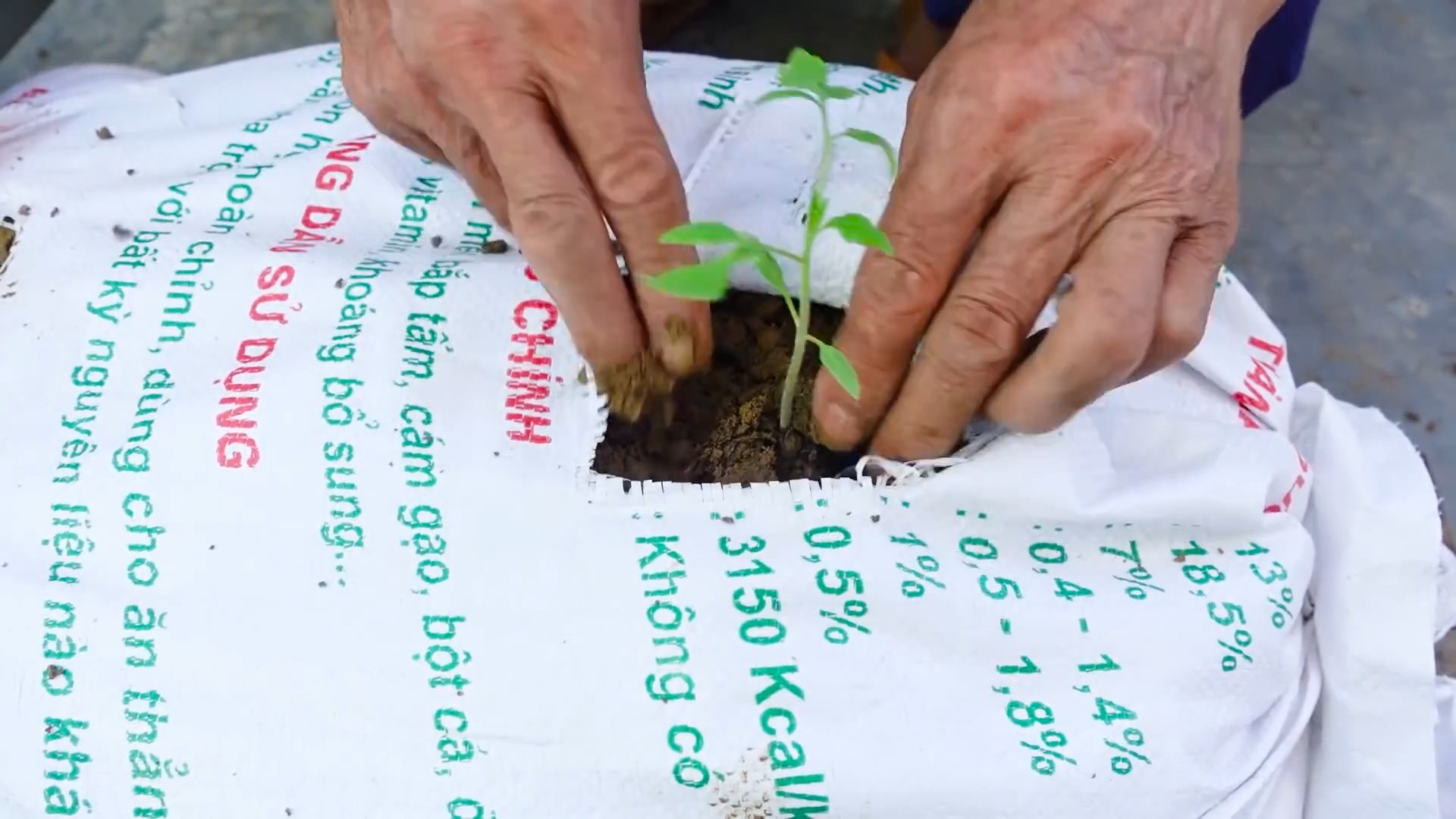
Conclusion
So there you have it! A comprehensive guide to growing your own delicious, juicy tomatoes. This DIY approach to tomato cultivation isn’t just about saving money; it’s about experiencing the unparalleled satisfaction of nurturing a plant from seed to succulent fruit. The process, while requiring some dedication, is surprisingly straightforward and rewarding. You’ll be amazed by the superior flavor of homegrown tomatoes compared to store-bought ones – a taste that truly reflects the love and care you’ve invested. This DIY tomato-growing method is a must-try for anyone, from seasoned gardeners to complete beginners. The sense of accomplishment you’ll feel harvesting your first ripe tomato is truly priceless.
Beyond the basic method outlined, there are countless ways to personalize your tomato-growing journey. Experiment with different tomato varieties – from heirloom cherry tomatoes bursting with sweetness to large beefsteak tomatoes perfect for slicing. Consider using different growing mediums, such as raised beds or vertical gardening systems, to optimize space and sunlight exposure. You can also explore companion planting, incorporating herbs like basil or marigolds to deter pests and enhance the overall health of your plants. Don’t be afraid to get creative and adapt the techniques to suit your specific environment and preferences. The beauty of this DIY approach is its adaptability.
Remember, successful tomato growing is a journey, not a race. There will be challenges along the way – pests, diseases, and unexpected weather patterns. But with patience, observation, and a little bit of know-how, you can overcome these hurdles and enjoy a bountiful harvest. The rewards far outweigh the effort, and the experience of nurturing your own tomatoes from seed to plate is an incredibly enriching one. We encourage you to embark on this rewarding adventure and discover the joy of growing your own tomatoes. Share your experiences, your successes, and even your challenges – we’d love to hear from you and learn from your journey. Post pictures of your thriving tomato plants and delicious harvests on social media using #GrowTomatoesSuccessfully. Let’s build a community of passionate tomato growers!
Frequently Asked Questions
What type of soil is best for growing tomatoes?
Tomatoes thrive in well-draining, fertile soil with a slightly acidic pH level (around 6.0-6.8). Amend heavy clay soils with compost or other organic matter to improve drainage. Sandy soils may benefit from the addition of peat moss or other organic materials to retain moisture. A soil test can help determine your soil’s pH and nutrient levels, allowing you to make necessary adjustments.
How much sunlight do tomatoes need?
Tomatoes are sun-worshippers! They need at least 6-8 hours of direct sunlight per day to produce a healthy crop. Choose a location in your garden that receives ample sunlight throughout the day. If you have limited sunlight, consider using supplemental lighting, especially during the early stages of growth.
How often should I water my tomato plants?
Consistent watering is crucial for healthy tomato plants. Water deeply and regularly, especially during dry periods. The best practice is to water at the base of the plant to avoid wetting the foliage, which can increase the risk of fungal diseases. Avoid overwatering, as this can lead to root rot. Check the soil moisture regularly by sticking your finger a couple of inches into the soil – if it feels dry, it’s time to water.
What are some common tomato diseases and pests?
Tomatoes are susceptible to various diseases and pests, including blight, blossom-end rot, aphids, and whiteflies. Regularly inspect your plants for signs of disease or pests. Implementing preventative measures, such as proper spacing, good air circulation, and the use of organic pest control methods, can help minimize problems. Early detection and treatment are key to managing these issues effectively.
When is the best time to harvest tomatoes?
The optimal time to harvest tomatoes depends on the variety and your desired level of ripeness. Generally, tomatoes are ready for harvest when they are fully colored and slightly soft to the touch. For some varieties, a slight give when gently squeezed is a good indicator of ripeness. Avoid harvesting tomatoes that are green or unripe, as they will not ripen properly off the vine.
Can I grow tomatoes in containers?
Absolutely! Container gardening is a great option for growing tomatoes, especially if you have limited space. Choose large containers (at least 5 gallons) with adequate drainage holes. Use a high-quality potting mix designed for containers and ensure the containers receive ample sunlight.
What should I do if my tomato plants are not producing fruit?
Several factors can affect tomato fruit production, including insufficient sunlight, improper watering, nutrient deficiencies, or pollination problems. Ensure your plants are receiving adequate sunlight and water. Consider using a balanced fertilizer to provide essential nutrients. If pollination is a concern, you can try hand-pollinating the flowers using a small brush.
How can I preserve my tomato harvest?
There are many ways to preserve your bountiful tomato harvest! You can can tomatoes, make tomato sauce or paste, freeze them, or even dry them. Choose a preservation method that suits your preferences and the amount of tomatoes you have harvested. Proper preservation techniques will allow you to enjoy the fruits of your labor throughout the year.

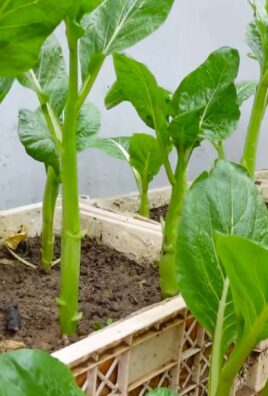
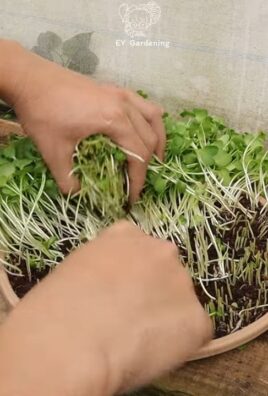
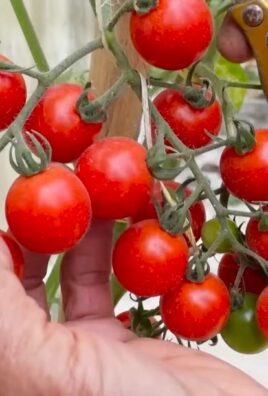
Leave a Comment